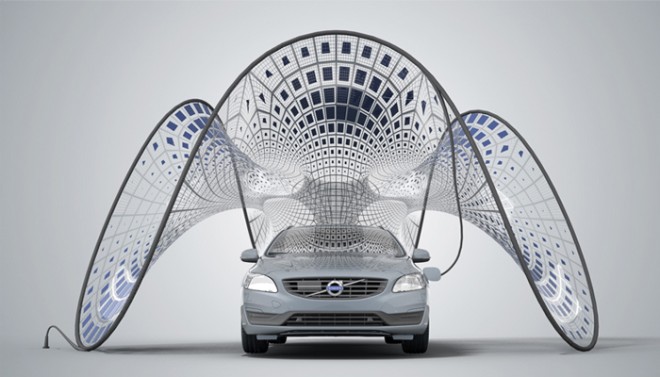Computer Technology Will Revolutionize the Auto Industry Once Again. With the conveyor belt, Ford brought the price of a car down from an average of $2,000 in the early 1900’s to just $850. By the early 1920’s, Ford brought that down to just $300. Oddly enough, the next big revolution in car technology could eliminate the need to own a car altogether. As Investopedia points out, “… private ownership of cars may become a thing of the past. If driverless cars can be summoned by a user using an Uber-like app, then there would be no need for that user to own their own car, let alone multiple cars. The driverless car will pick you up, drop you off, and then depart to accommodate another user or users. A decentralized fleet of driverless cars, therefore, could be shared by many needing rides.” Not only would we see a drastic drop in the need for car ownership, we would see far fewer car accidents, making the need for car insurance a rarity. This will likely bring about the need for fewer total cars, putting pressure on the industry to adapt quickly and find new ways to monetize transportation, such as fees for in-vehicle entertainment.
Design Impacts of 3D Printing in the Automotive Industry
The technology is exciting, but the engineers at IEEE Spectrum speculate that widespread use of driverless cars is still about 30 years away. Today, information technology is changing the market in other ways. For instance, on Line//Shape//Space, Andrew Anagnost, Senior Vice President of Industry Strategy and Marketing at Autodesk, writes about how Local Motors used internet communications to source design ideas for the world’s first 3D printed electric car, the Strati. The company envisions factories in which customers can bring their own car designs and have them brought to life using 3D printers with carbon-infused plastic for ink.
Big Data Brings Savings to Car Makers
The idea of a plastic car immediately brings safety concerns to mind. Local Motors is working on a model that will be street legal. That’s a tall order given the ever-increasing demands from regulators to make cars not just cleaner like the Strati, but also safer. At the same time, customers don’t like paying more for safety features. So saving on vehicle manufacturing costs is the best target for companies looking to increase profitability. McKinsey and Company points out how computer technologies like digital design and big data analysis can help car makers cut costs by streamlining production with virtual models. Managing logistics through computer platforms can also reduce supply chain problems that add to manufacturing costs.
The New Experience of Buying a Car
Buyers are also much more price savvy than before the information age. Before the web became ubiquitous, car buyers would trek far and wide to an average of five car dealerships before making a buying decision. Ten years later, that number is down to 1.6 according to CNBC. Today, the internet provides detailed information about cars along with reviews from other car owners, not just about the cars themselves, but about the dealers, lenders, insurance companies and more. By the time a consumer arrives at a car dealership, the purchase decision is all but made. Some skip the dealership altogether, using online services that help them choose and buy a car without ever setting foot in a dealership.
The Only Constant will be Change in the Future of the Auto Industry
Automobile transportation and the economics that drive the industry will change drastically in the next few decades. The information age has lifted limits on communication, creating a world where cars can talk to each other, car makers can collaborate with customers and companies can gather data more easily to make smarter manufacturing decisions. While this helps to reduce costs, it also points to a future where the number of cars on the road may be drastically reduced. The industry will need to discover new revenue streams in the cars of the future while finding new ways to keep the attention of drivers today.

